Which of the following is the strongest Bronsted base ?
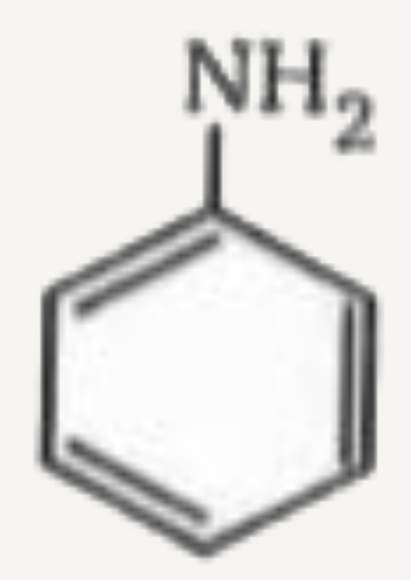
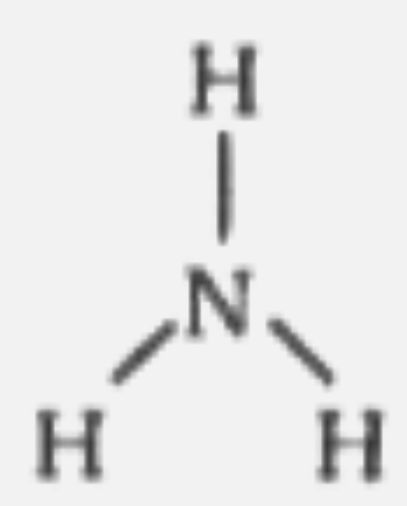
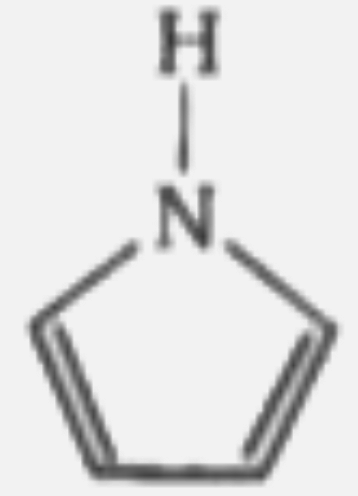
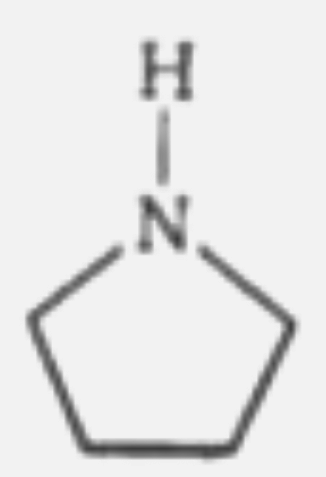
The correct Answer is:D
To determine which of the following is the strongest Bronsted base, we will analyze the options based on the availability of lone pair electrons for donation. A Bronsted base is defined as a species that can accept protons (H⁺) and the strength of a Bronsted base is related to the availability of its electrons for donation.
1. Identify the Options: Let's assume we have four options (A, B, C, D) containing nitrogen compounds with varying lone pair electron availability.
2. Analyze Option A:
- This nitrogen has a lone pair of electrons, but they are involved in resonance (delocalized).
- Conclusion: Since the lone pair is not available for donation, this option is not a strong base.
3. Analyze Option B:
- This nitrogen has a lone pair of electrons that are localized (not involved in resonance).
- Conclusion: This option can act as a good base due to the availability of the lone pair for donation.
4. Analyze Option C:
- Similar to Option A, this nitrogen's lone pair is delocalized due to resonance.
- Conclusion: This option is also not a strong base because the lone pair is not available for donation.
5. Analyze Option D:
- This nitrogen has a localized lone pair and is also attached to electron-donating groups (inductive effect).
- Conclusion: The presence of these +I groups increases the electron density and enhances the ability to donate electrons, making this option a strong base.
6. Comparison:
- Options B and D are both good bases, but Option D is stronger due to the +I groups that increase electron density and donation capability.
7. Final Answer:
- The strongest Bronsted base among the options is Option D.
- This nitrogen has a lone pair of electrons, but they are involved in resonance (delocalized).
- Conclusion: Since the lone pair is not available for donation, this option is not a strong base.
- This nitrogen has a lone pair of electrons that are localized (not involved in resonance).
- Conclusion: This option can act as a good base due to the availability of the lone pair for donation.
- Similar to Option A, this nitrogen's lone pair is delocalized due to resonance.
- Conclusion: This option is also not a strong base because the lone pair is not available for donation.
- This nitrogen has a localized lone pair and is also attached to electron-donating groups (inductive effect).
- Conclusion: The presence of these +I groups increases the electron density and enhances the ability to donate electrons, making this option a strong base.
- Options B and D are both good bases, but Option D is stronger due to the +I groups that increase electron density and donation capability.
- The strongest Bronsted base among the options is Option D.
Similar Questions
Knowledge Check
- Question 1 - Select One
Which of the following is the strongest Bronsted acid ?
A B
B C
C D
D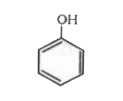
- Question 2 - Select One
Which of the following is the strongest Bronsted acid ?
A B
B C
C D
D
- Question 3 - Select One
Which of the following is strongest Bronsted base?
A B
B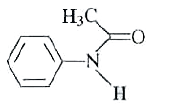 C
C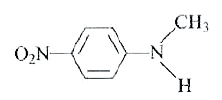 D
D

